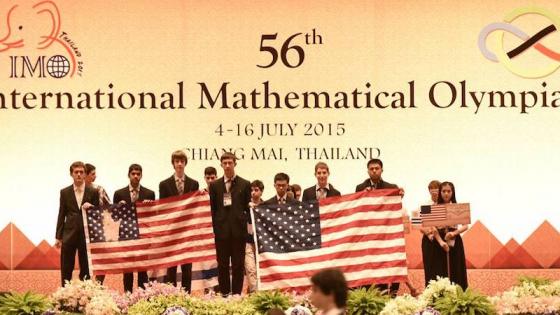With the advent of electronic publishing, the cost of distributing scientific articles has fallen sharply. Yet journal prices have steadily increased, particularly those of for-profit journals, which charge roughly 3 times more than journals run by scientific societies (Dewatripont et al. 2007). The result is that academic libraries are struggling to cover their costs and offer good coverage to their researchers. The reasons for this paradoxical state of affairs have been well explained by Bergström (2001) – journal reputation is the result of a coordination game and acts as a powerful barrier to entry, giving market power to publishers who have exploited it relentlessly.
Worse still, digital rights management restrictions and ever more expensive journals could be hindering the dissemination of scientific knowledge. This is the mantra of the open access movement, which argues for free availability of scientific articles.
A number of studies have attempted to establish empirically that free availability increases the diffusion of scientific articles by comparing citations rates for open access papers and restricted access papers. The most convincing of these studies is Eysenbach (2006), who worked with articles from Proceedings of the National Academy of Sciences, an important scientific journal that offered to authors the possibility to buy open access in exchange for a fee. He found a significant and relatively large effect of open access by comparing articles published in the same journal and controlling for observables. As Figure 1 shows, articles from the Proceedings of the National Academy of Sciences that are in open access from the start receive more citations than articles from the same journal that are initially restricted. A large number of other studies have found the same result, often with astonishingly large effects for open access. Yet, Davis et al. (2008) randomly allocated papers from journals of the American Physiological Society into open access and found no citation advantage for open access papers.
Figure 1. Average cumulative citations for articles from Proceedings of the National Academy of Sciences
In our own research (Gaule & Maystre 2008), we study a database similar to that of Eysenbach (2006) and uncover a mechanism that generates spurious relationships between open access and citations. Because authors have to pay for open access, they are making a choice base upon anticipated reputational benefits of larger diffusion. Authors who have higher quality articles benefit more from enhanced diffusion and thus are more likely to choose open access. Empirically, we find that articles that received good evaluations on F1000 biology (a website where experts post evaluations of recently published papers in biology) were more likely to be in open access. Moreover, when we instrument for open access, the effect of open access is small and no longer significant.
The debate on open access and citations is not quite settled. Because open access could have heterogenous effects depending upon the cost and the impact factor of journals, generalising from existing studies (which are either based on few journals or do not address self-selection) is problematic. The current evidence suggests, however, that the effect of open access on citations is either small or non-existent in developed countries.
Nonetheless, there is a problem of access to the scientific literature in developing countries. In Gaule (2009), we find, controlling for the quality and field of research, that the reference lists of Indian scientists are shorter, contain fewer references to expensive journals, and contain more references to open access journals than the reference lists of Swiss scientists. This corroborates anecdotal and survey evidence documenting the difficulties of Indian scientists in accessing the scientific literature.
The goal of open access advocates to have all scientific publications freely available to the world from the day of publication of goals is laudable. But in the short run, it is more important to make scientific publications freely available for developing countries, because this is where the problem really is. A number of programmes have been set up for this purpose, including by publishers, but they are inefficient and exclude middle-income countries which are the most active in science. Thanks to new software, it is technically straightforward to grant automatic journal access to all developing country users. This solution should be widely adopted, with not-for-profit publishers taking the lead .
Editors’ Note: The views and opinions expressed herein are those of the author and do not necessarily reflect those of the United Nations Secretariat.
References
Bergström T (2001) "Free Labour for Costly Journals?" Journal of Economic Perspectives 15(4):183-198.
Davis P, Lewenstein B, Simon D, Booth J & Connolly M (2008) "Open access publishing, article downloads, and citations: randomised controlled trial" British Medical Journal 337:a568.
Dewatripont M, Ginsburgh V, Legros P, Walckiers A (2007) “Pricing scientific journals and market power” Journal of the European Economic Association 5(2–3):400–410
Eysenbach G (2006) “Citation Advantage of Open Access Articles” PLoS Biology 4(5):e157.
Gaulé P & Maystre N (2008) "Getting cited: does open access help?" CDM Working paper 08-07.
Gaulé P (2009) "Access to the scientific literature in India" CDM Working paper 09-04.



